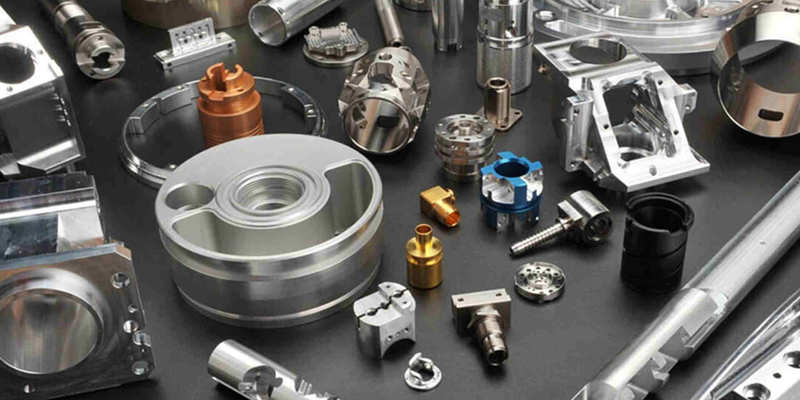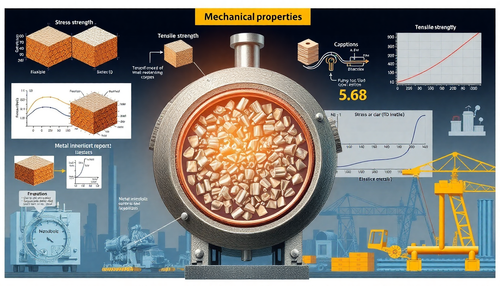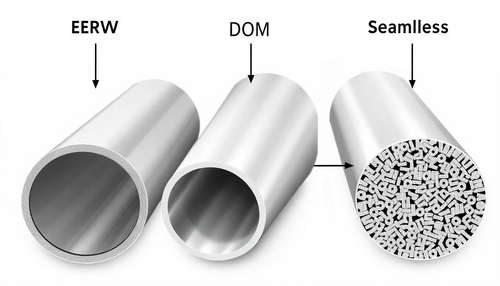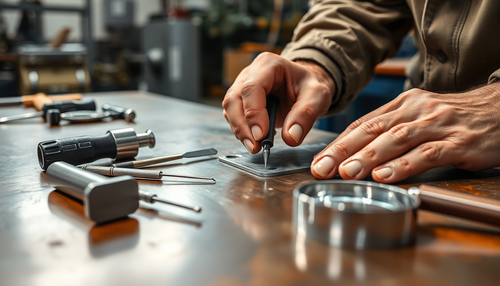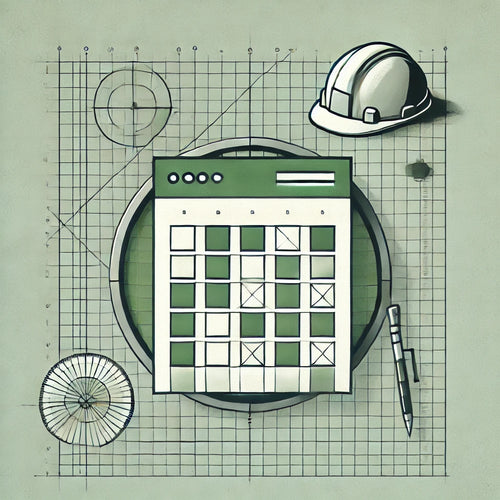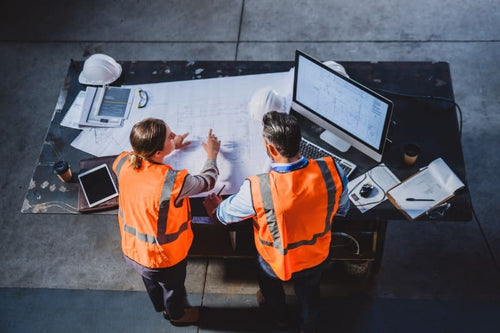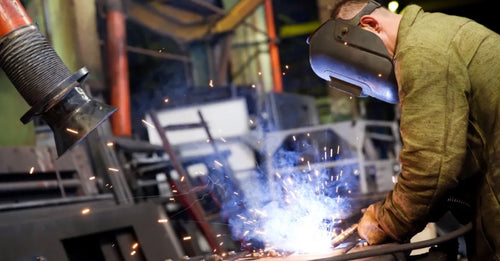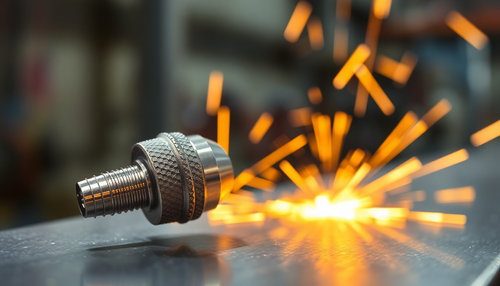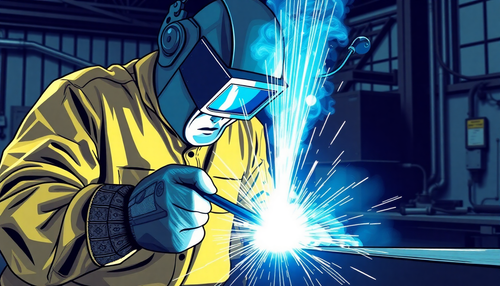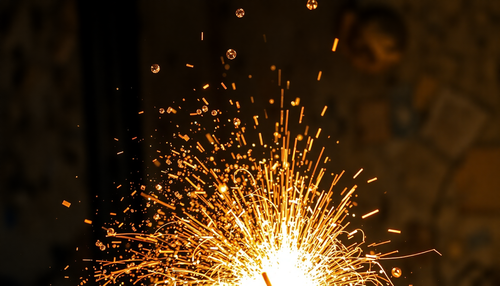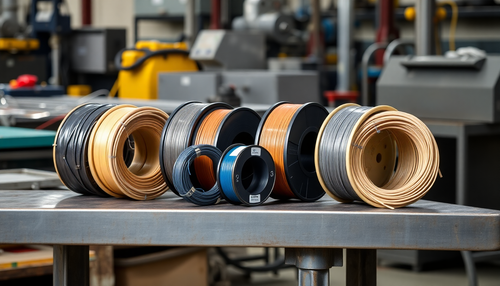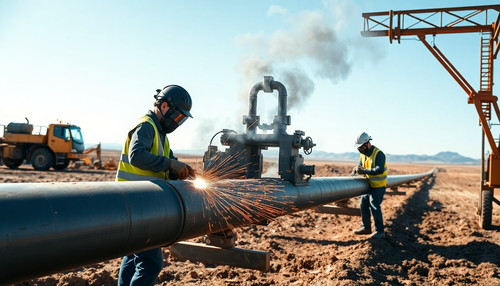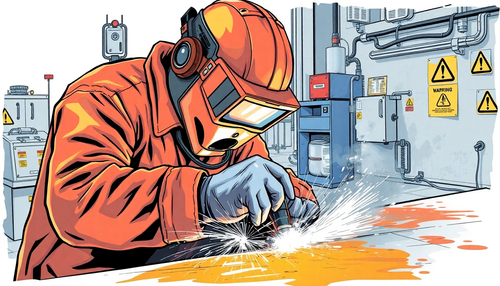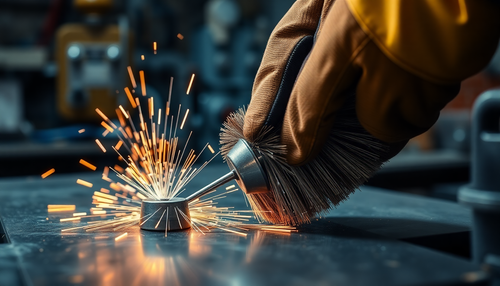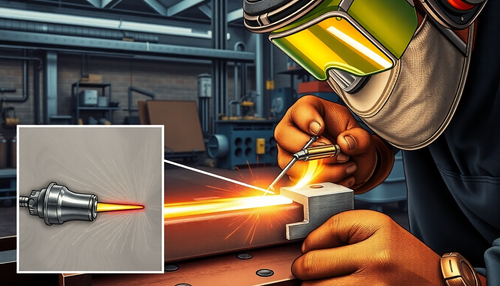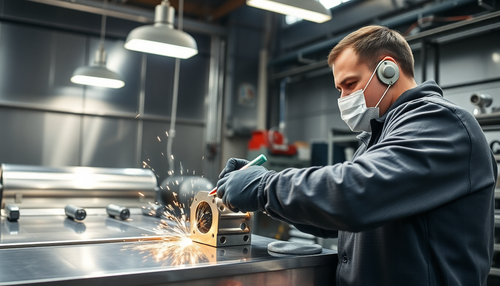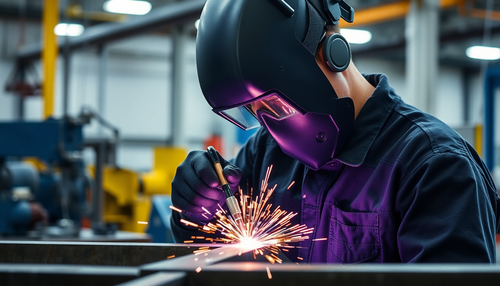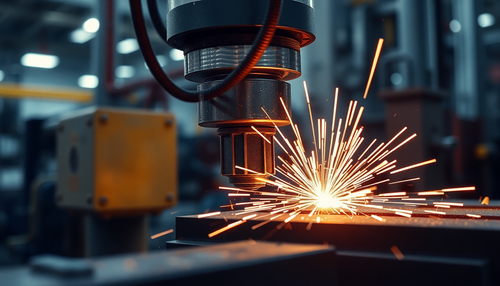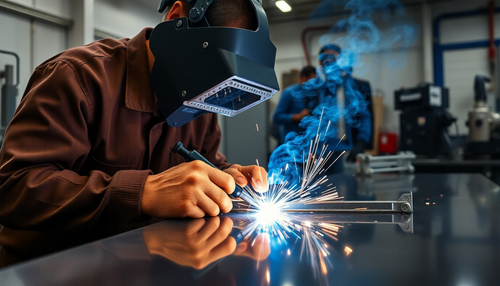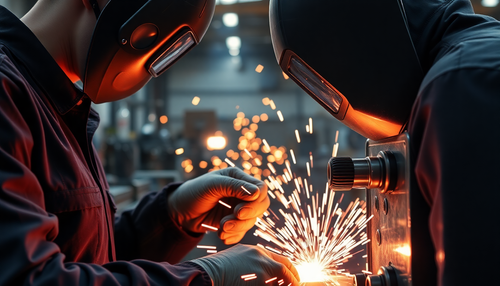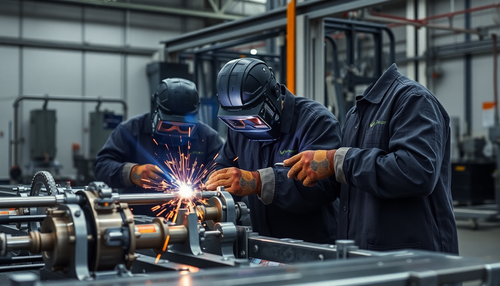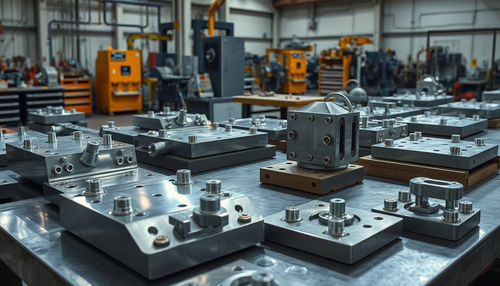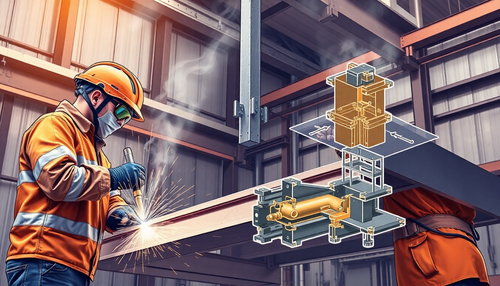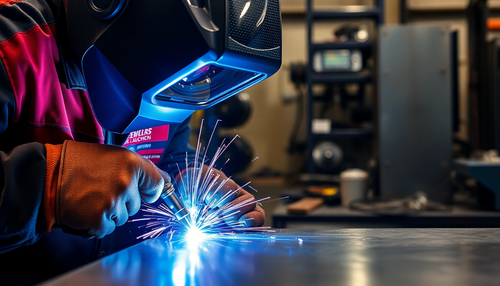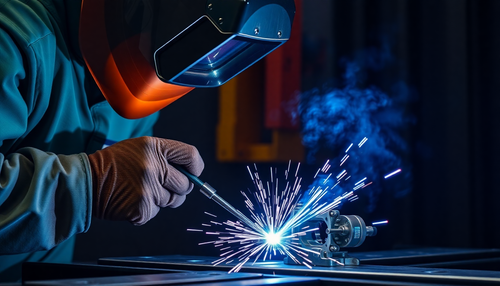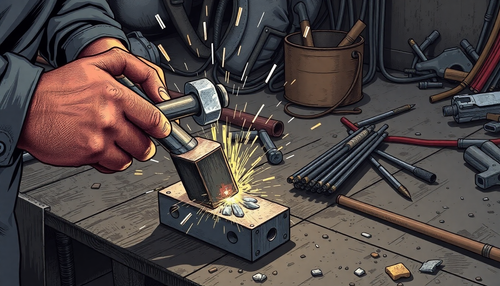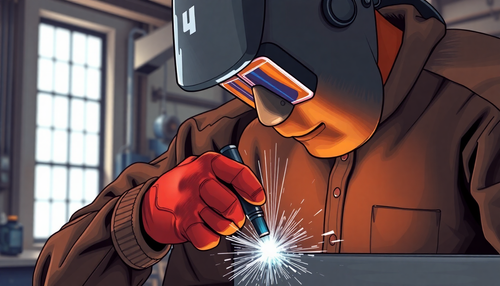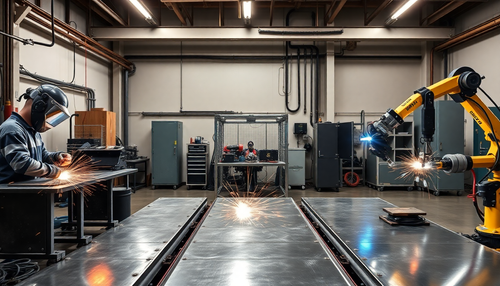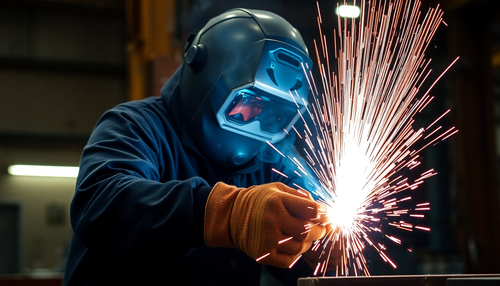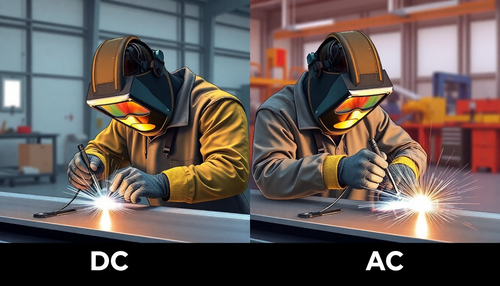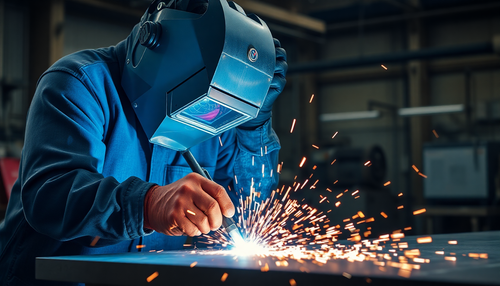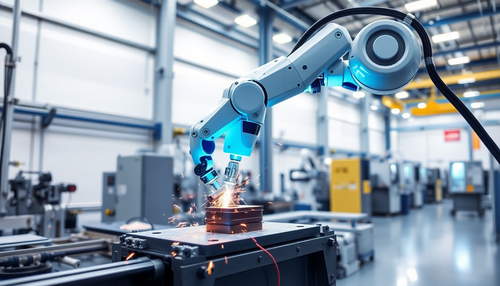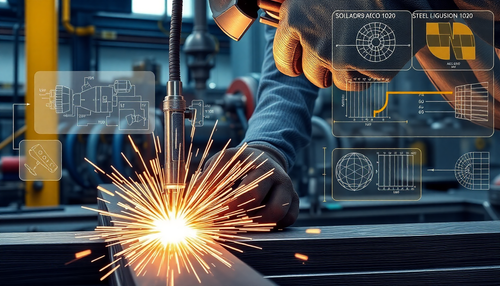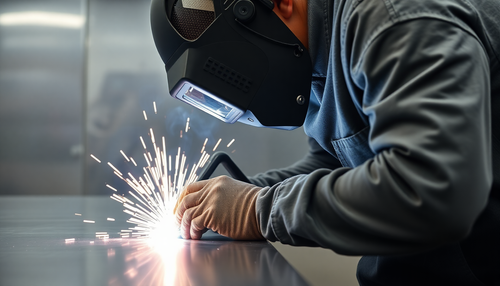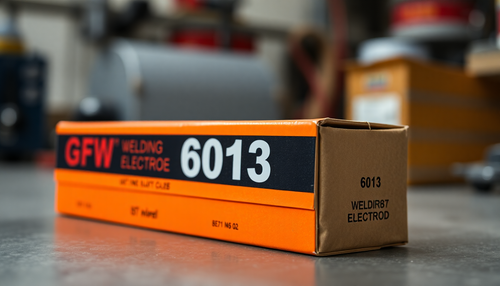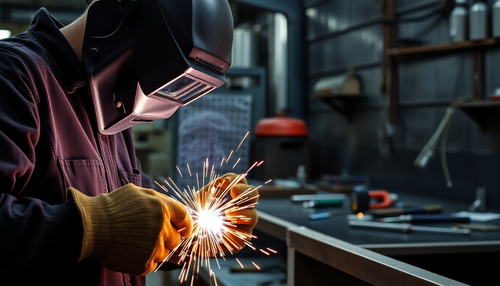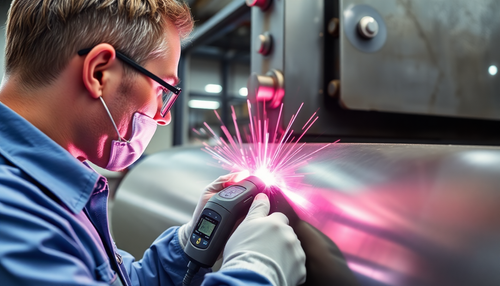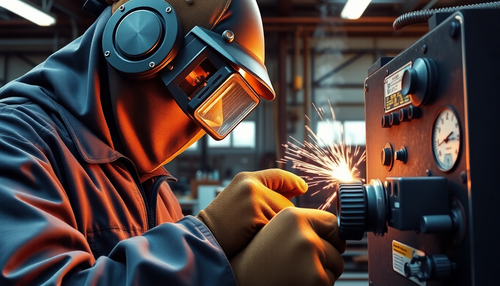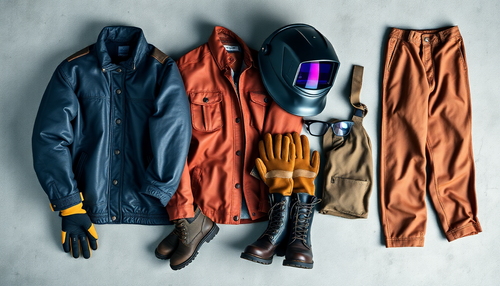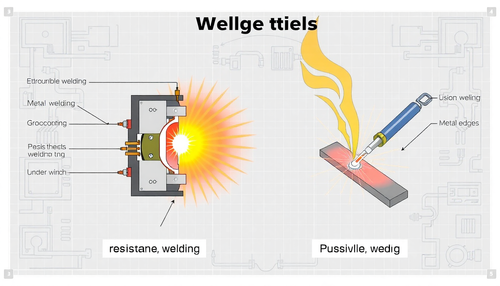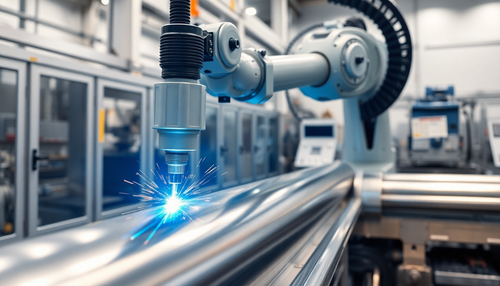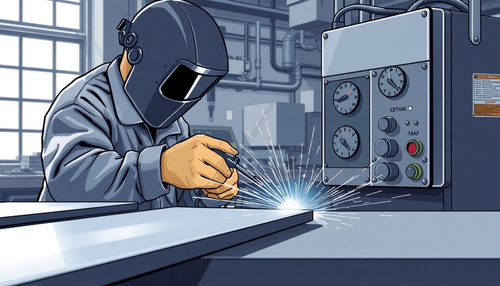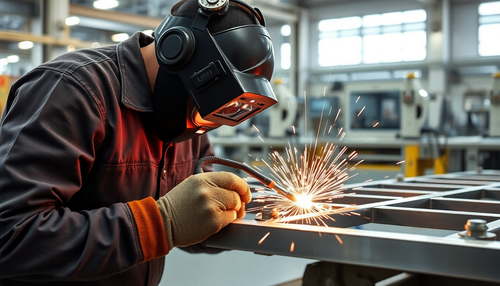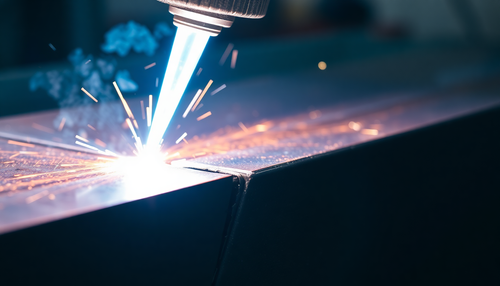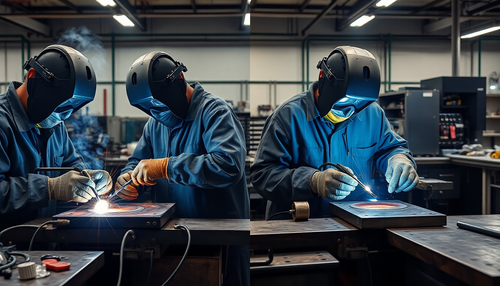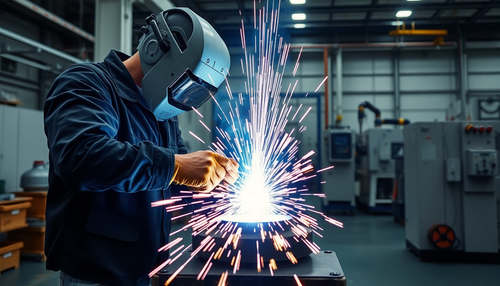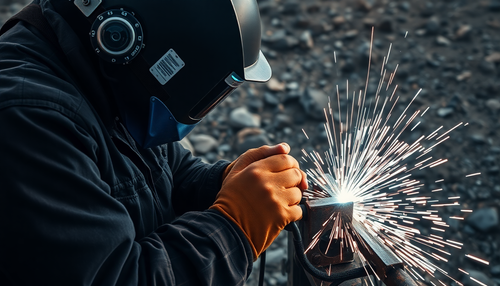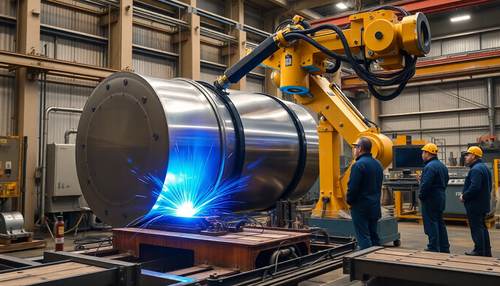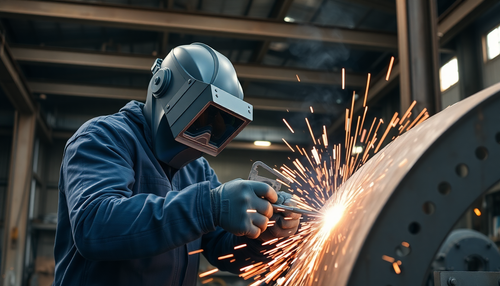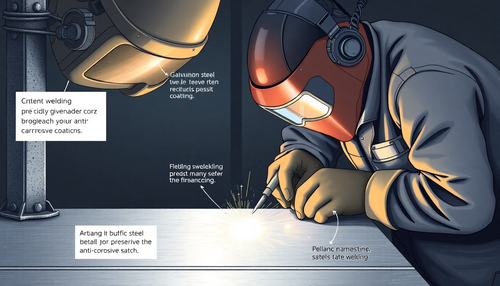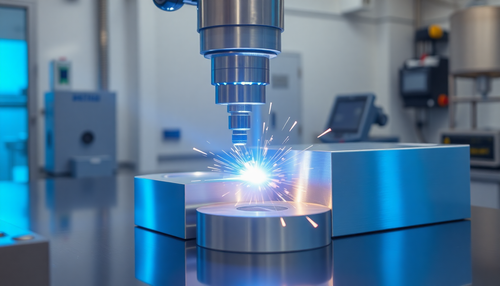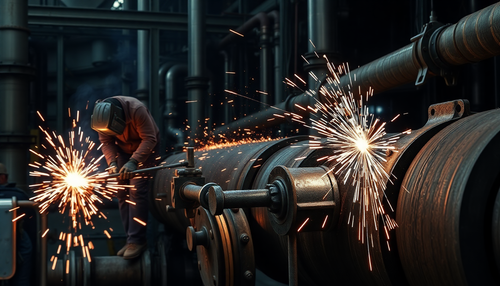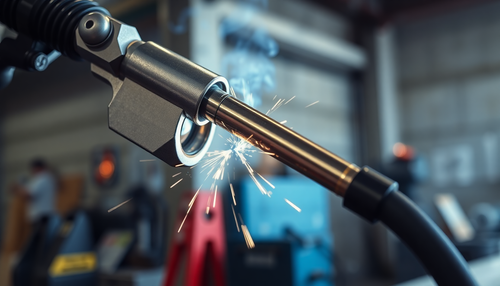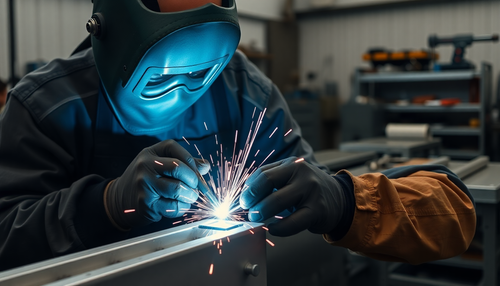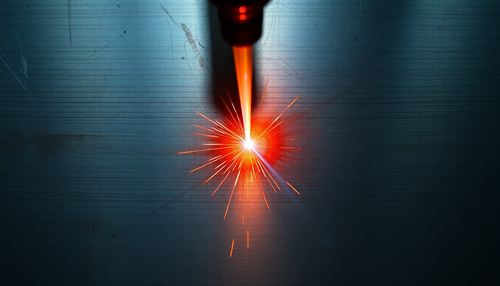
Modern companies can be divided into two large groups. Production and services. The second group is significantly larger because it is easier to start a business that provides some type of service based on your training or skills. You can start a coaching agency or freelance writing business with little to no funding. Manufacturing companies face much more difficulties. To make CNC parts you need to know a lot. However, its potential is much greater. Once you have everything set up, production takes less time and can turn into something potentially bigger than a service business.
We decided to create this simple step-by-step guide to help you see that getting parts through CNC machining isn't as tedious as it seems and that there are still ways to do it to make everything easier.
Generally you start by deciding what you want to produce. Believe me, there are countless ways to improve our lives or make them more fun. Even doing everyday things can be great if you take a unique approach that appeals to your customers. We don't help you with what to produce, but with how to do it. So, once you've decided what you want to sell, move on to the next step.
1. CNC machine shop requirements

Firstly, you must understand that you are designing a part with the intention of making it. This means you must take manufacturing limitations into consideration. Ideally, you know where you will produce the part so you can estimate production possibilities. You can design the parts and then go to the manufacturer, but you may need to additionally redesign your product so that the machine shop you select can manufacture it. Therefore, my suggestion is that you determine the cost of the production facility yourself. Of course, the ideal is for you to buy the equipment to manufacture your parts and build a factory, but very few people have the money for that. Therefore, you will look for a suitable CNC machine shop.
What should you pay attention to?
Once you've decided which machine shop to work with, gather and record as much information as possible about their capabilities for CNC machining parts and prototypes. Keep this information handy when designing your product.
2. Design idealized CNC parts

Whether you have a machine shop set up or not, your first task is to design what you want to produce. Don't worry too much about crafting options at this stage. You may worry about the maximum dimensions, but at this stage, give free rein to your imagination. You should start by listing the features your product will have. Next, draw a sketch that describes the general layout and working principles of your idea. So I suggest you decide on the main dimensions and start creating a 3D model of your project. 3D modeling has been adapted and is very easy nowadays. There are tons of free classes on the internet.
3. Customize design according to requirements for CNC parts manufacturing

Unfortunately, once you have a perfect picture of the product, the next step is to take it apart a bit. You need to get this information sheet from your CNC shop, find some articles with CNC machining manufacturing advice, and start reviewing your project. This step is one of the most important when you start mass production, because let's say you made a design change that allows you to save a penny on production costs, be it time or tools or equipment used. Let's say you produce 2,000 products per month, which equates to 24,000 per year. Therefore, you will save $2,400 per year if you improve your design by a single penny. Think about other possibilities. The more you produce, the more carefully you should check your design? Moving forward, there are some tools that can help you make your design more craftable.
4. CNC Programming
The final result of the project is a 3D model and a technical drawing showing all dimensions and tolerances. If you decide to make a prototype yourself, you will need to learn CNC programming. Most CNC machine tools use a special programming language called G-Code. The part is placed in a machine tool coordinate system and each line indicates where the cutting tool should move. You can also use a CAM system to create an NC program. Then you must choose which surface of your CAD model to edit and the CAM system itself generates the code. This phase is quite complex because you must take geometry, tolerances and materials into account to create a good program. We recommend that you hire a good auto repair shop at this stage. Prototypes are not expensive these days and professionals will take your project to the next step much faster.
5. CNC machine setup

Once you have the program, it's time to configure the part. A basic CNC machine setup consists of the following considerations
6. Program Testing

After making all the preparations, you need to test the program. Firstly, many CNC systems have a virtual simulation function that allows you to follow the cutting process on the tool screen. This way you can catch errors without damaging anything. After checking this, we recommend that you test the NC program on a softer material. In the event of a collision, cutting tools and tools will not be damaged.
7. Processing the part
After checking and rechecking the NC program, it is time to CNC machine the parts. This part is generally easy for prototypes because you are only manufacturing a few parts and there are no strict time frames for loading and unloading parts. However, when manufacturing parts, you need to pay attention to these things and keep setup times to a minimum.
8. Quality control

Once the part is complete, you need to check that it meets all the design requirements. If your CNC part is high precision, you will need specialized equipment and quality control techniques. Wayken is ISO 9001:2015 certified to ensure your project meets rigorous quality specifications.
9. Surface Finish

Finishing CNC parts is very important as it improves the aesthetics of your product and, more importantly, its durability. Of course, metallic shine looks good on a freshly machined part, but it becomes dull and corrosion sets in within a few weeks. If you have specialized equipment, there are several finishing techniques at your disposal. If you want your piece to look beautiful, we recommend turning to professionals. If you don't need the perfect finish, painting the piece with a brush is always an economical option at the moment. However, we strongly advise you not to skimp on the finish.
How WayKen Can Offer Premium CNC Parts
At Wayken we offer rapid prototyping, CNC machining, rapid tooling and more. Our customer service engineers test your design for manufacturability (DFM) to ensure the part exceeds your expectations. Lean small-run production, fast shipping and comprehensive customer service – here you get the perfect parts and prototypes. If you want to know more about us, don't hesitate to contact us: (email protected) .

